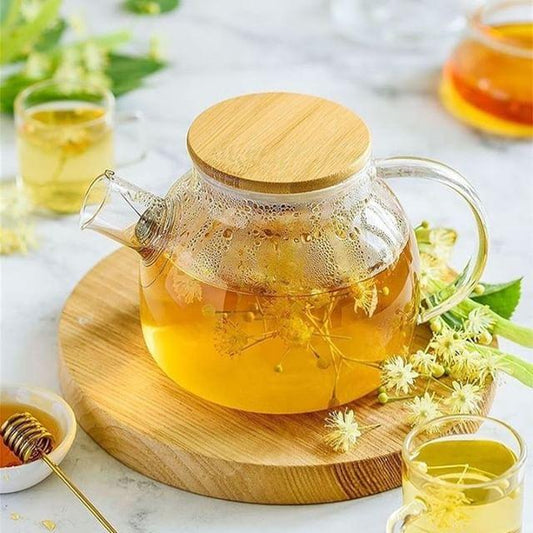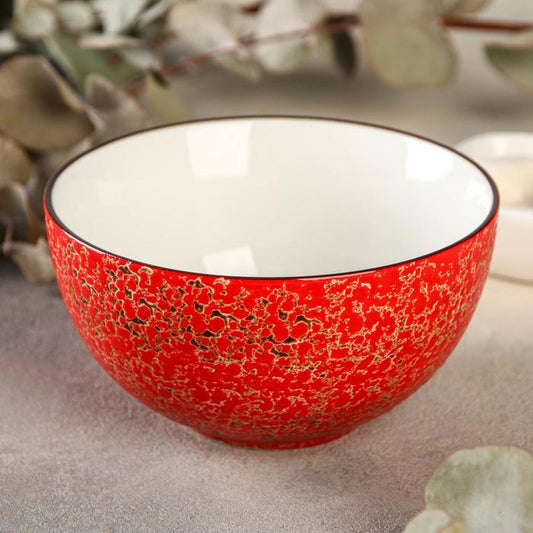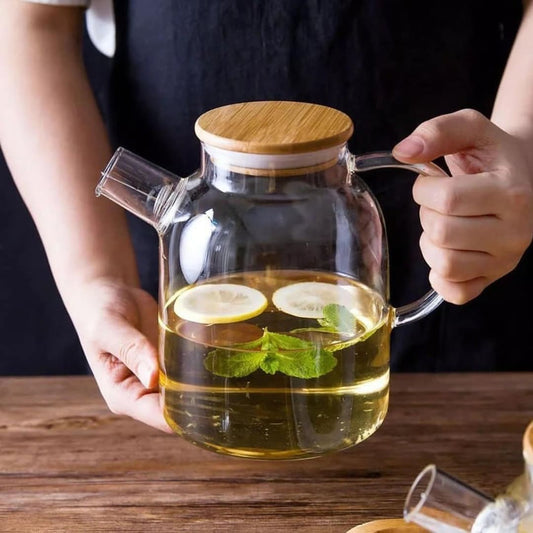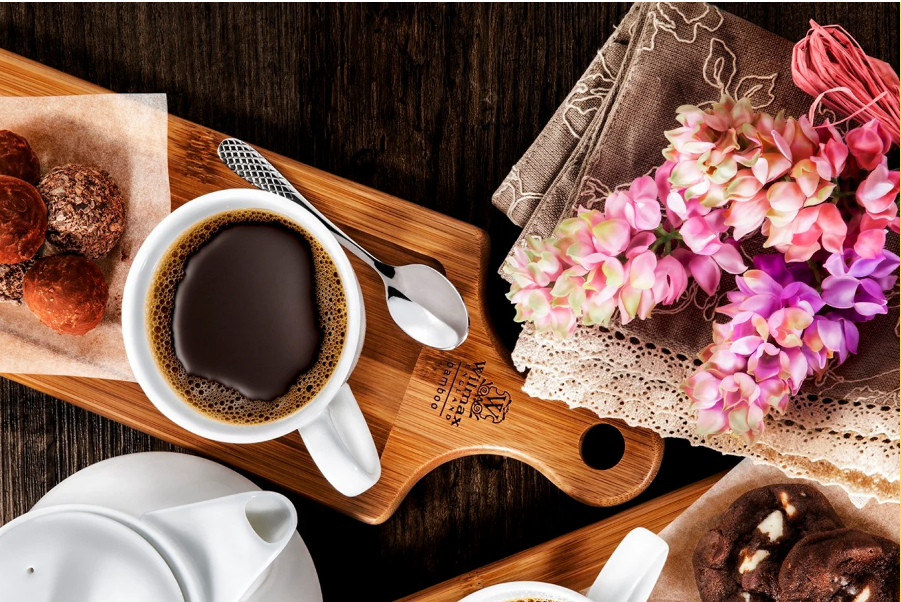Diwali Sweets Around the World: Recipes and Rituals

Diwali, the Festival of Lights, is a time of joy, family gatherings, and of course — sweets. From homes in India to Indian diaspora communities around the globe, this celebration wouldn’t be complete without an array of vibrant, aromatic, and lovingly prepared desserts. These sweets aren’t just delicious — they’re symbols of prosperity, gratitude, and shared love. Let’s explore the diverse world of Diwali sweets, the rituals behind them, and how different cultures keep these traditions alive.
The Role of Sweets in Diwali
Diwali marks the victory of light over darkness and good over evil. Offering and sharing sweets — known as mithai — is a ritual of both religious and social importance. They are offered to deities in prayer, exchanged as gifts with neighbors, and served to guests as tokens of goodwill and abundance.
Iconic Diwali Sweets in India
🍬 Gulab Jamun
Deep-fried milk solids (khoya) soaked in rose-scented sugar syrup. Warm, syrupy, and indulgent, they’re a party favorite across India.
🍮 Kaju Katli
Cashew fudge with a delicate silver leaf. A luxurious sweet often given in elegant boxes during Diwali gifting.
🍡 Ladoo
Rolled balls of gram flour, coconut, or semolina combined with ghee and sugar. Made in countless regional varieties from boondi to rava ladoo.
🥮 Jalebi
Spirals of fermented flour batter, fried and soaked in saffron syrup. Crispy outside, juicy inside, and best eaten warm.
Global Twists on Traditional Sweets
Indian communities around the world have adapted Diwali sweets to local tastes and ingredients while preserving their cultural essence:
- UK: Pistachio rose truffles and mango kulfi cheesecakes give mithai a modern British twist.
- USA: Vegan gulab jamun, chai-spiced cookies, and saffron panna cotta are popular in fusion bakeries.
- South Africa: Soji (semolina pudding) and coconut barfi reflect Cape Malay and Indian Tamil influences.
- Fiji: Indo-Fijian communities celebrate with ladoo, suji halwa, and gulab jamun, often prepared as a group activity.
Rituals Beyond the Kitchen
Making Diwali sweets is often a multigenerational affair. Families gather days in advance to prepare sweets together, exchanging recipes and stories. The act of giving sweets is part of seva (service) and hospitality — serving not just food, but love and memory.
Many also create decorative platters called thalis, filled with various mithai to offer to deities or to share during puja ceremonies.
Quick Recipe: Coconut Barfi
- 2 cups shredded coconut
- 1 cup condensed milk
- ½ tsp cardamom powder
- Optional: crushed pistachios or silver leaf for topping
Mix ingredients in a nonstick pan over low heat for 5–7 minutes until it forms a soft dough. Press into a greased tray, cool, cut into squares, and decorate.
Final Thoughts
Diwali sweets are more than recipes — they’re rituals of light, generosity, and togetherness. Whether you’re frying jalebi in Delhi or baking pistachio fudge in Detroit, the joy is the same. Each bite is a reminder that some traditions are too sweet not to share — across borders, generations, and plates.
Share:





